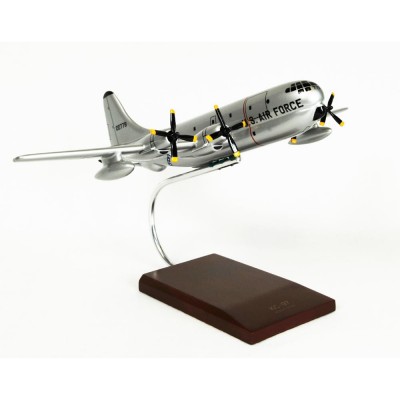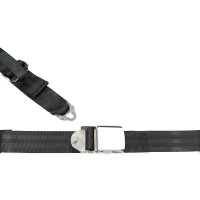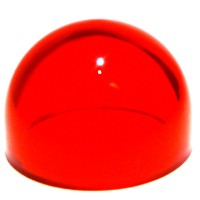FREE SHIPPING ON ORDERS OVER $350 (SOME EXCLUSIONS APPLY) | 877-4-SPRUCE
Kc-97G Stratofreighter Model
$259.00/Each
Part# 13-10539
MFR Model# B0810
MFR Model# B0810
Overview
|
The Boeing KC-97 Stratofreighter, also known as the “KC-97 Stratotanker”, was a strategic tanker transport aircraft developed after a request by the U.S. Army Air Forces. The KC-97 had its first flight in 1945 at it proved to be a very successful and versatile aircraft. Boeing modified the design slightly to create their first post-war airliner, the Boeing 377. For many years, it was the backbone of the U.S Air Force tanker fleet until replaced by the KC-135. A total of 816 KC-97s were purchased from Boeing, as opposed to only 74 of the C-97 base cargo version. The KC-97G Stratofreighter, a KC-97 variant, has 592 production aircraft that were factory-built as dual-role aerial refueling tankers/cargo transportation aircraft. KC-97G models carried under wing fuel tanks. Many models were converted into full transport like aero-medical or rescue roles. The KC-97G, the second and most numerous factory-built tanker version of the Stratofreighter, has a main distinguishing feature of the KC-97G was the addition of 700-gallon external fuel tanks under each wing. On November 3rd, 2000, the KC-97G’s final flight was from the Minneapolis/St. Paul International Airport and the Minnesota Air Guard Museum. |
WARNING: Cancer and Reproductive Harm - www.P65Warnings.ca.gov. |
Q&A
Please note, Aircraft Spruce's personnel are not certified aircraft mechanics and can only provide general support and ideas, which should not be relied upon or implemented in lieu of consulting an A&P or other qualified technician. Aircraft Spruce assumes no responsibility or liability for any issue or problem which may arise from any repair, modification or other work done from this knowledge base. Any product eligibility information provided here is based on general application guides and we recommend always referring to your specific aircraft parts manual, the parts manufacturer or consulting with a qualified mechanic.








 FREE Shipping
FREE Shipping



